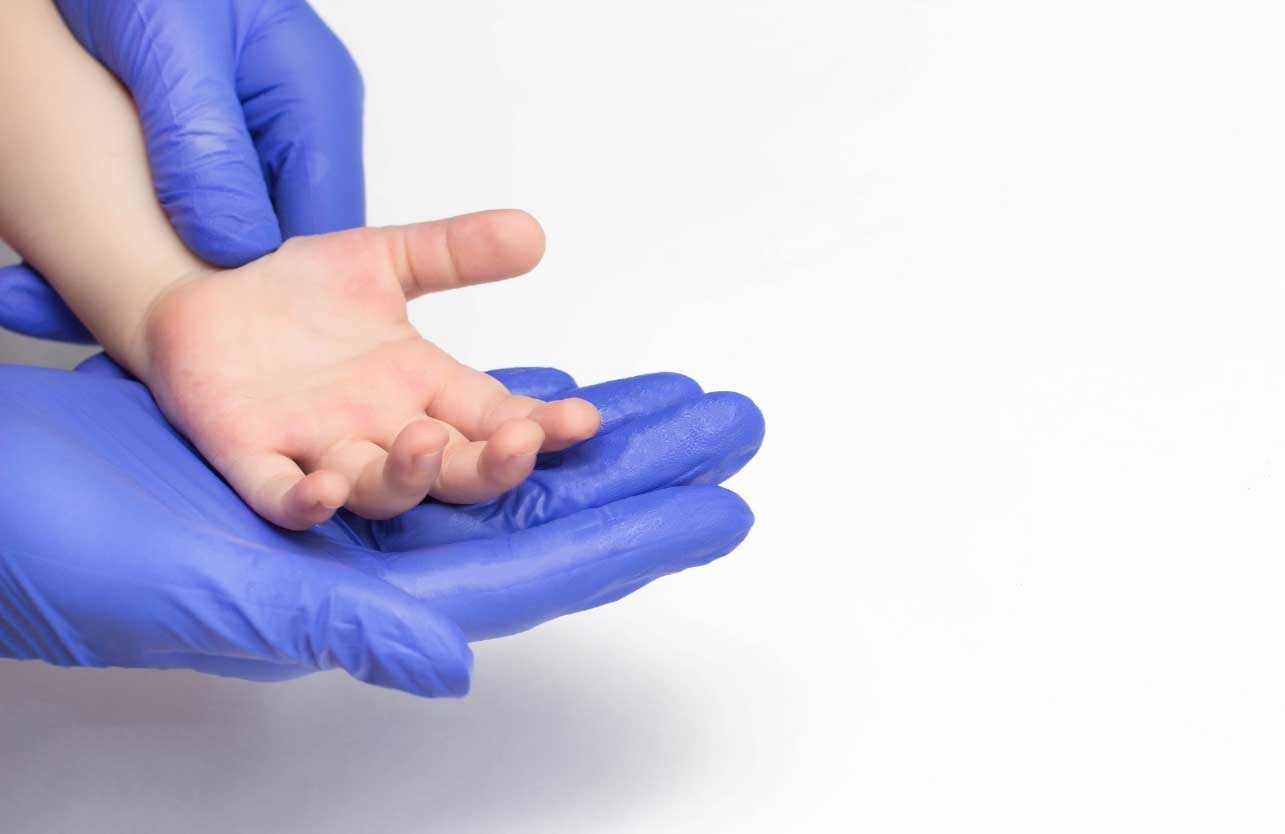What is Pediatric Dermatology, and What Conditions Does It Cover?
What is Pediatric Dermatology?
Pediatric dermatology focuses on diagnosing and treating skin, hair, and nail disorders in children. Children's skin is more sensitive and different from adults’, requiring evaluation and treatment by dermatologists specifically trained in pediatric skin conditions.
Main Conditions Covered by Pediatric Dermatology
Pediatric dermatology addresses numerous conditions commonly seen in childhood, including:
Eczema (Atopic Dermatitis)
Eczema is a common chronic skin condition in childhood, causing redness, itching, dryness, and sometimes infections. It is often related to genetic predisposition and allergic conditions.
Diaper Rash (Diaper Dermatitis)
Diaper rash is redness and irritation in the diaper area of infants. It generally heals quickly with improved hygiene and suitable cream treatments.
Birthmarks (Hemangiomas and Mongolian Spots)
Common in newborns, these marks are typically harmless but some types require dermatological evaluation and monitoring.
Acne (Adolescent Acne)
Acne develops during puberty due to hormonal changes, predominantly affecting the face, back, and chest. Dermatological treatments may be necessary.
Skin Infections
Viral, bacterial, and fungal infections are frequent in children. Common infections include chickenpox, measles, impetigo, and fungal infections, which require evaluation by a dermatologist.
Hives (Urticaria)
Hives appear suddenly as itchy, raised red patches on the skin, commonly caused by allergic reactions, requiring appropriate treatment.
Diagnosis in Pediatric Dermatology
Diagnosis in pediatric dermatology begins with taking a detailed medical history and examining the skin closely. Additional tests like blood tests, skin tests, or biopsies may be necessary for accurate diagnosis, crucial for effective treatment.
Treatment Methods in Pediatric Dermatology
- Topical Treatments: Corticosteroid creams, antifungal creams, and antibacterial ointments are commonly used.
- Oral Medications: Allergy medications, antibiotics, and antivirals may be prescribed when necessary.
- Phototherapy: Used for chronic skin diseases like eczema and psoriasis, involving controlled exposure to ultraviolet light.
- Laser Treatments: Effective for treating specific skin issues like birthmarks.
Home Care and Preventive Measures for Children's Skin Health
- Regularly moisturize children's skin with suitable skincare products.
- Choose clothing made from cotton or non-irritating fabrics.
- Use child-safe, high-SPF sunscreens for sun protection.
- Consult a dermatologist promptly if skin issues arise.
Recommendations from Dermatologist Dr. Ezgi Özkur
Dermatologist Dr. Ezgi Özkur emphasizes that early diagnosis and correct treatment can effectively manage children's skin conditions. She advises parents to regularly monitor their child's skin health and seek professional dermatological support promptly if they notice abnormalities.

